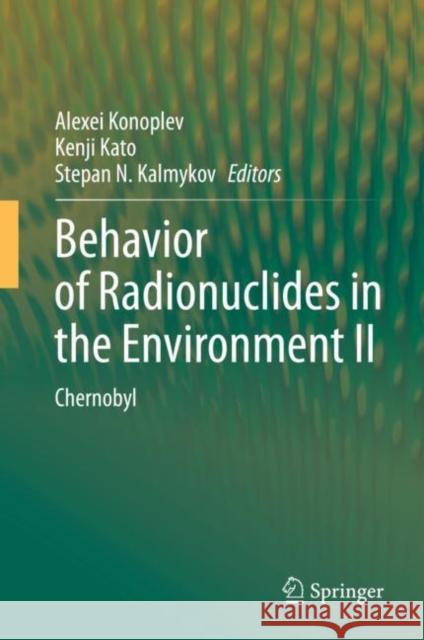Behavior of Radionuclides in the Environment II: Chernobyl » książka
topmenu
Behavior of Radionuclides in the Environment II: Chernobyl
ISBN-13: 9789811535673 / Angielski / Twarda / 2020 / 443 str.
Behavior of Radionuclides in the Environment II: Chernobyl
ISBN-13: 9789811535673 / Angielski / Twarda / 2020 / 443 str.
cena 642,56
(netto: 611,96 VAT: 5%)
Najniższa cena z 30 dni: 616,85
(netto: 611,96 VAT: 5%)
Najniższa cena z 30 dni: 616,85
Termin realizacji zamówienia:
ok. 22 dni roboczych.
ok. 22 dni roboczych.
Darmowa dostawa!
Kategorie:
Kategorie BISAC:
Wydawca:
Springer
Język:
Angielski
ISBN-13:
9789811535673
Rok wydania:
2020
Wydanie:
2020
Ilość stron:
443
Waga:
0.77 kg
Wymiary:
23.88 x 19.56 x 2.03
Oprawa:
Twarda
Wolumenów:
01











